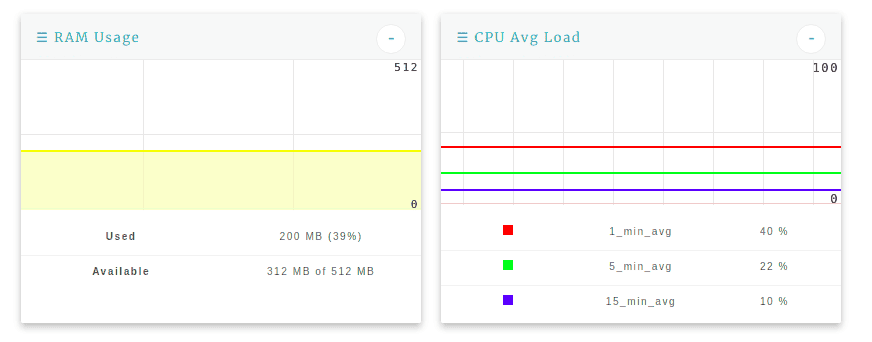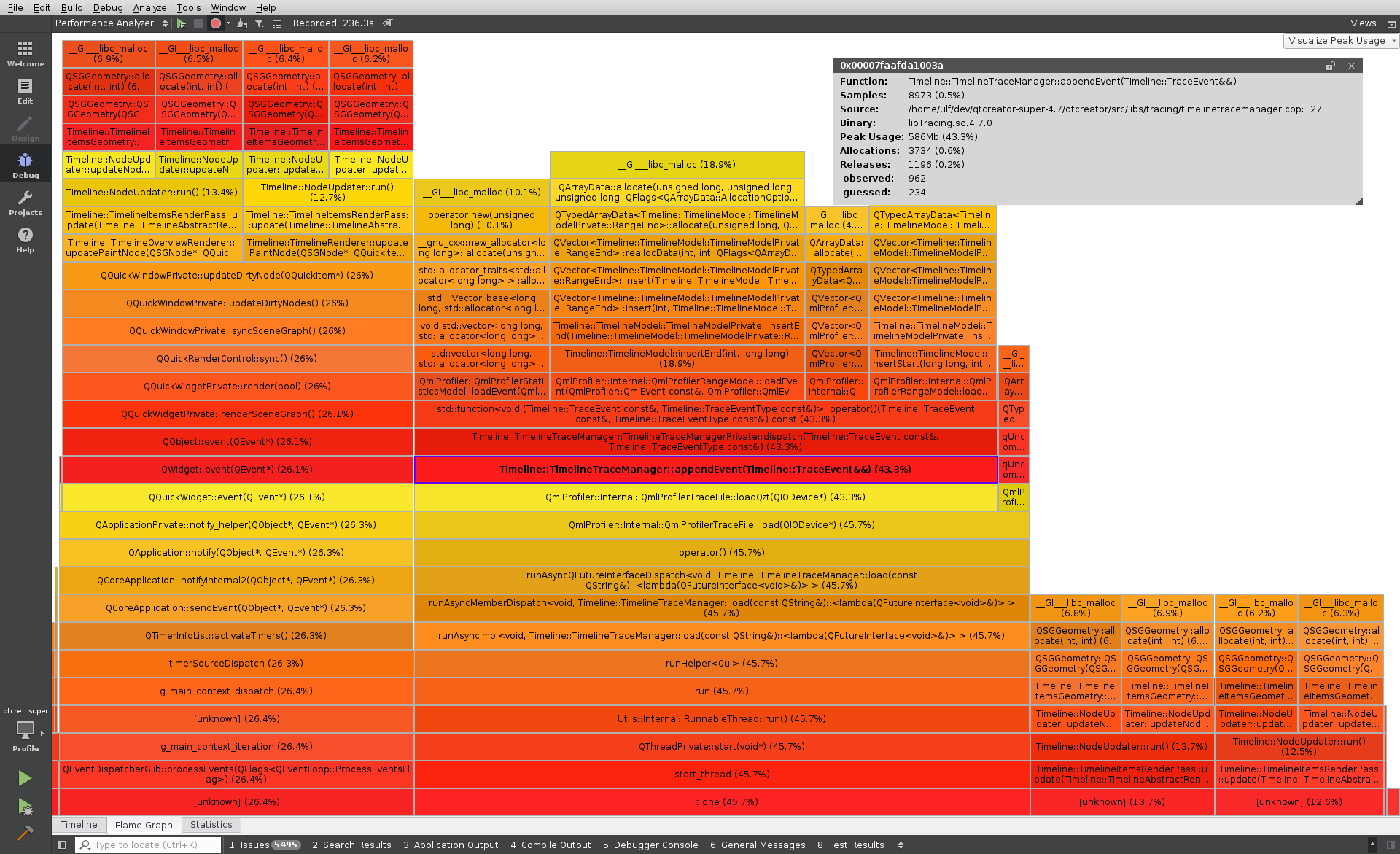
Since this file is in binary format, we’ll have to use the sar command with the -f option to read it.Įven though we used the -o option, the command will also print the same information to the screen. Once we run this command, we will create a new file named memory.log in the current directory.
–human: to show the result in human-readable format. 1: we’ve given 1 second as the interval. -r: to print memory statistics by default, it prints CPU details. -o: using this flag captures the output to the filename specified in a binary format. In order to get this result, we’ve used the below options: It has also printed the average for that session. The above results show that it has printed the memory details thrice with a one-second delay. Let’s look at a sample usage: $ sar -o memory.log -r 1 3 -human Unlike the other two commands we saw earlier, this prints more information about memory usage. In order to show the swap memory usage, we used the -A1 option in the grep command to print one line below the matching line. We need to press ctrl-c to quit out of the command. As a result, we can see that it has printed the main memory and swap memory usage. In addition to that, we used the grep command to filter the memory-related information. Here, we’ve used the same top command we tried before. Let’s see how that works: $ top -b -d1 -o +%MEM | grep -A1 'KiB Mem' 
On the other hand, if we just wanted to log the overall memory consumption, we can use the grep command to filter just that. With this, we can also see the process which uses more memory. This command will log details of all processes to the memory.log file. -o +%MEM: override the default sort option to use the %MEM column value the + sign is used to sort in descending order.
 -d1: set a delay of 1 second between each result.
-d1: set a delay of 1 second between each result. 
-b: enable batch mode and don’t accept input from the user.Let’s check the different options we’ve used here: And it’ll have the result of the top command every second. The above command redirects the result to the memory.log file.







 0 kommentar(er)
0 kommentar(er)
